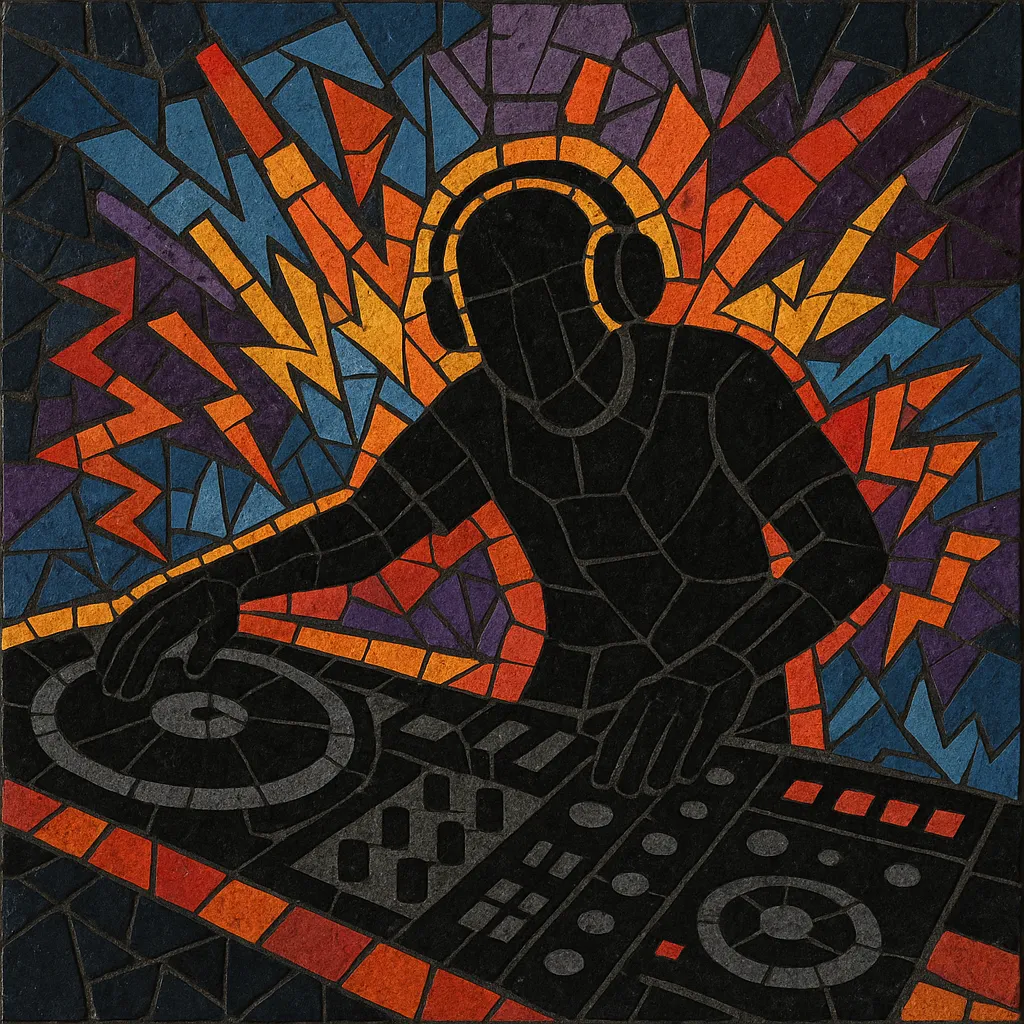Your digging level
Description
Donk is a high-energy, tongue‑in‑cheek strain of UK bounce/hard dance that emerged in the North West of England. Its defining feature is a sharp, percussive, FM‑style "donk" bass hit placed on the offbeats, creating an instantly recognizable, bouncy groove.
Typically running around 145–155 BPM, donk fuses 4‑to‑the‑floor hard house drums with trancey supersaw riffs, bright leads, and catchy, often cheeky vocal hooks or MC bars. The aesthetic is unabashedly fun and populist—bootlegs of pop songs, rave‑ready breakdowns, and big, hands‑in‑the‑air builds are common—making the style as much a social and regional scene as a studio sound.
History
Donk took shape in the North West of England—particularly around Lancashire and Merseyside—where hard house, trance, and bouncy rave sounds were already thriving. Local DJs and producers began emphasizing a distinctive, percussive offbeat bass hit (the “donk”) within house‑tempo tracks, blending the exuberance of happy hardcore and euro‑trance with the drive of hard house.
Venues and compilations connected to UK bounce culture (often tagged as Scouse house/bounce) helped codify the sound. DJ bootlegs and white labels circulated through regional nights and CD packs, spreading a common toolbox: fast tempos, supersaw leads, sing‑along vocals, and the signature offbeat donk bass.
The term and sound reached wider public awareness in the late 2000s—most famously via Blackout Crew’s viral hit “Put a Donk on It” (2009)—which amplified the genre’s playful, party‑first image while spotlighting its North West identity.
Through the 2010s and 2020s, donk found renewed life online. Producers traded project files, sample packs, and edits, and the style intersected with internet dance culture, meme‑driven bootlegs, and occasional hyperpop cross‑pollination. Despite shifts in taste, the core formula—four‑on‑the‑floor kicks, trancey melodics, and the offbeat donk—remains intact in both club and online spaces.





